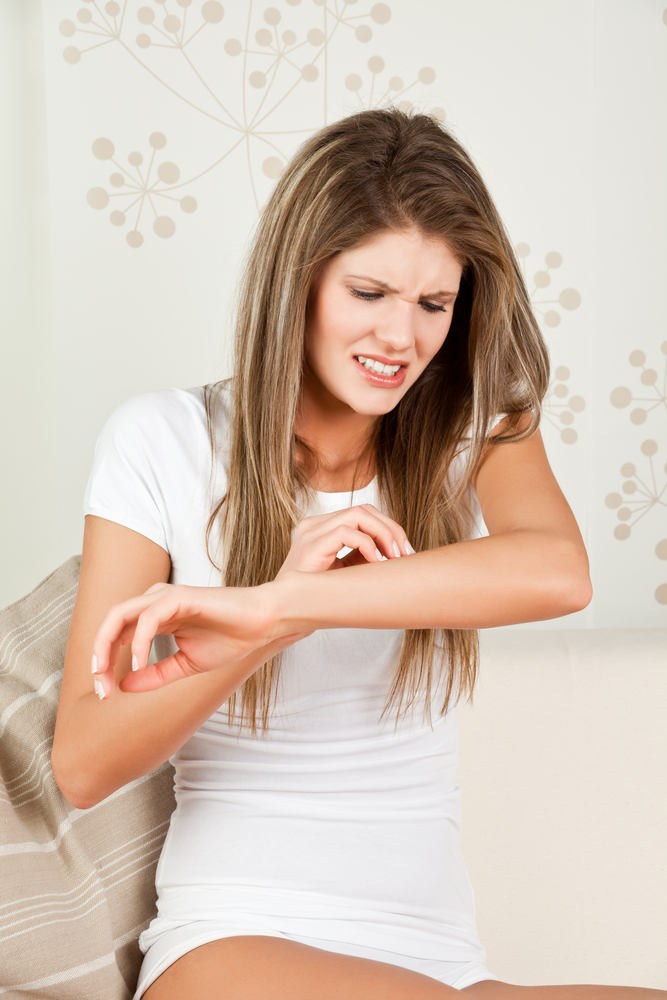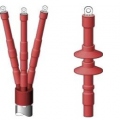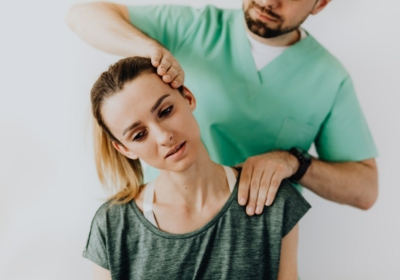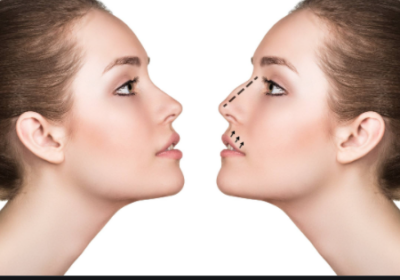A rash is not a specific diagnosis. It simply means inflammation and discoloration of the skin which changes its appearance. There are many common rashes that are not serious, and many don’t require any treatment. However, infections can also cause rashes that require medical intervention, so it is advisable to consult a health care professional if you have any rash especially if it lasts several days and there is no explanation for it. Here are the common types of skin rashes that usually affect people.
Heat Rash (Miliaria)
This occurs when there is some obstruction in the flow of sweat. It is commonly caused by hot and humid weather, overdressing or clothes that are too tight. The most common type of heat rash is prickly heat (Miliaria Rubra) which appears in clusters of small and red bumps on the skin that causes a constant pricking or stinging sensation. Heat rash is nothing serious and usually resolves itself in a few days. Just make sure to wear cool clothing and avoid exposure to excessive heat and humidity.
Contact Dermatitis
This specific form of dermatitis is a direct result of contact with an irritant/allergen. It causes a dry and scaly rash that is usually not itchy. This is commonly caused by exposure to certain chemicals like cleaning products. The irritant can cause a rash upon contact with the skin, but certain individuals are more sensitive compared to others. There are also areas of the body that are more likely to react with the skin that surrounds the eyes that are thinner and more delicate. Allergic contact dermatitis, on the other hand, produces a highly itchy, red rash that has bumps and in some cases blisters. The common allergens are latex rubber, poison ivy, and certain metals. Treatment involves avoiding irritants or allergens so that the skin can heal, but medications can be used to improve symptoms.
Atopic Dermatitis
Atopic Dermatitis or Eczema is one of the most common disorders of the skin that causes a rash. It is a chronic or on-going condition that causes itchiness and inflammation of the skin. It usually appears as patches on the face, neck, limbs or trunk. The condition typically flares up now and then but subside for a certain period. Home remedies, like using skin care products (creams, lotions, etc.) or avoiding harsh soaps and chemicals, can prevent flare-ups. There are medications like creams and gels that can help reduce symptoms.
Psoriasis
Psoriasis is a condition marked by the rapid build-up of rough and scaly skin. It is a direct result of the considerably faster life cycle of skin cells. The round and scaly skin is due to the accumulation of dead skin cells. It can cause inflamed patches that can be painful. The condition can periodically flare up and subside. It is simply a mild nuisance for others but it can be severe and in some cases disable the affected individual. There are topical medications and other procedures that help reduce signs and symptoms.
Rosacea
This is a chronic and inflammatory skin condition that affects adults. It is characterized by redness in the face which can produce small red bumps or bumps filled with pus. It tends to flare periodically up, gradually subside then flare up again. Certain foods, high/low temperatures, prolonged sun exposure, and chemicals can cause an episode. There is no cure for this skin condition, but there are several treatments that help reduce signs and symptoms.
Drug Rash
A drug rash can be an allergic reaction or side effect of certain medication. It typically starts on the first few days of taking a new medication. Usually, it starts as tiny red spots that start from one spot and spread to other parts of the body. It usually resolves itself several days after discontinuing the medication causing it. In rare cases, it can be a part of a severe allergic reaction that can affect vital organs like the lungs and heart.
Intertrigo
This is inflammation which is a direct result of skin-to-skin friction usually affecting warm and/or moist parts of the body like the groin, folds of skin on the stomach, under the arms and on the inner thighs. The affected skin can become sensitive or cause pain and in severe cases can cause sores, wounds and bleeding. It can result to fungal or bacterial infections so it would be best to seek medical help if it persists for more than a week or if the problem becomes severe.
Swimmer’s Itch
Also called Cercarial dermatitis, it is an itchy or burning rash directly caused by an allergic reaction from a waterborne parasite that burrows into the outermost layer of the skin. It typically causes tiny bumps or blisters. It is not serious and usually does not need medical treatment clearing up within a week. Home remedies like soothing lotions and baking soda baths help reduce symptoms.
References:
- https://www.consumerhealthdigest.com/skin-care/
- Alexander A. Fisher. Fisher’s Contact Dermatitis
- https://www.glozine.com/lifestyle/health
Author Bio:
Shawn Clark is a Health and Beauty expert, having five years of experience in Beauty industry. He works on behalf of ConsumerHealthDigest.com as a content coordinator for the categories Health and Beauty. He is also passionate about fitness, skin care science, women’s issues and more. You can follow him on Twitter, Facebook and Google+ for daily inspiration.







Recent Comments